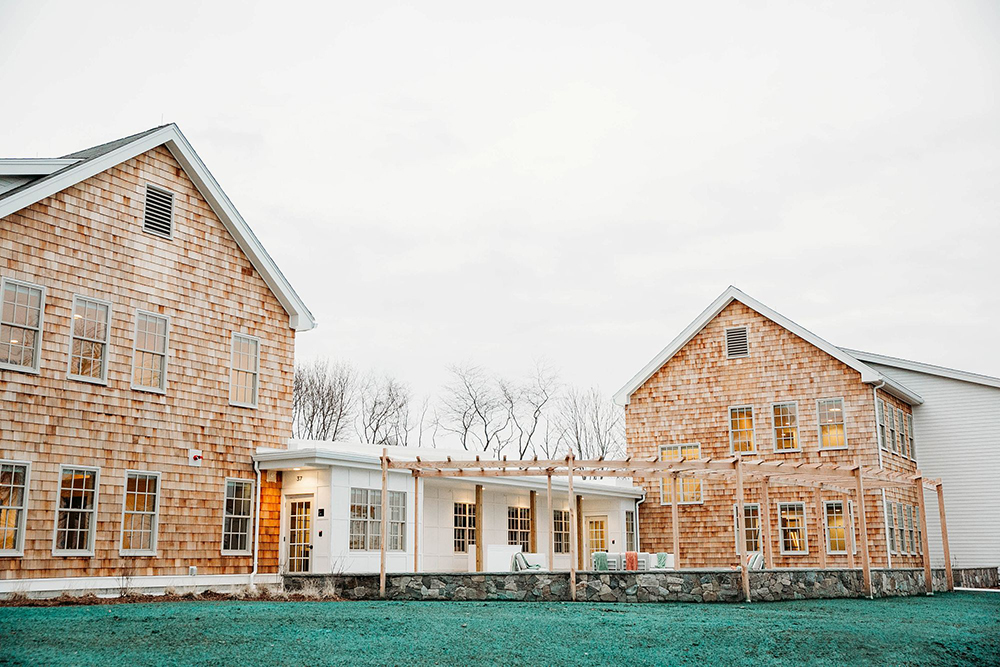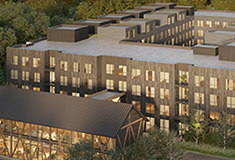News: Financial Digest
Posted: January 8, 2015
Testing the limits: Environmental indemnity agreements and managing risk
When a lender loans money for a real estate transaction, the lender must account for potentially hazardous environmental conditions at the secured property. Frequently, lenders enter environmental indemnity agreements which identify how the risk of any such conditions will be parceled out. But, according to the First Circuit Court of Appeals, gone are the days of using broad boilerplate language in these indemnity agreements. Rather, courts are now scrutinizing the language of environmental agreements to determine the validity and scope of any indemnification. A recent decision—VFC Partners 26, LLC v. Cadlerocks Centennial Drive, LLC—highlights the necessity of using precise language while embracing express limits on the breadth of any indemnification.
In VFC Partners, the First Circuit Court of Appeals determined that the lender was not fully protected by its environmental indemnity agreement with a borrower. The parties' agreement provided that the lender was indemnified for costs and liabilities "of any kind or nature whatsoever . . . sought from or asserted against [the lender] in connection with . . . the presence, suspected presence, release, suspected release, or threat of release of any Hazardous Material" on or around the financed property. In addition, the indemnity agreement listed seven specific cost categories, including those "required to take necessary precautions to protect against the release of any Hazardous Materials" at the property.
The facts of the case are not unusual. During due diligence, the lender conducted environmental testing, revealing the potential presence of tetrachloroethene on the site. Post-closing, the lender assigned the mortgage to a second lender (the "assignee-lender"). When borrower defaulted, the assignee-lender conducted further environmental testing at the property before initiating foreclosure, and sought reimbursement. Borrower refused to pay, and the assignee-lender filed suit alleging that the refusal breached the indemnity agreement.
The agreement language sounds sufficient to indemnify the assignee-lender, right? Wrong—at least according to the First Circuit Court of Appeals. The court parsed the language of the agreement, applying what it deemed "common sense" and general principles of interpretation. Specifically, the court held that:
(a) The plain terms of the agreement covered liabilities "sought from or asserted against" the assignee-lender, which would only include costs sought by a third party and not costs the assignee-lender incurred on its own (i.e. the pre-foreclosure testing costs); and
(b) In any event, since seven categories of liability were listed in the agreement, and the expenses at issue were incurred by the lender for purposes other than the seven categories, such costs were not covered by the agreement. Unfortunately for the assignee-lender, the court denied recovery of the environmental testing costs.
In the wake of the VFC Partners decision, lenders should ensure that environmental indemnity agreements make express that borrower indemnifies lender for environmental assessment costs incurred pre-foreclosure. Additionally, lenders should carefully draft environmental indemnity agreements to avoid any "exhaustive" list of expenses.
It's clear from VFC Partners that boilerplate indemnity language must be carefully reviewed and precise language used to expressly allocate potential environmental costs. Environmental indemnity agreements can, and should, be creatively drafted to fit the needs of the transaction, because one-size-fits-all language invites unexpected costs. Of course, the parties' indemnification expectations should vary depending on the size and scale of the deal, the type and size of the property, its historic and current operations, and existing insurance coverage.
Ignoring the potential for environmental costs until a problem arises just isn't worth the risk.
Travis McDermott and Emily Migliaccio are attorneys with Partridge Snow & Hahn LLP, Providence, RI.
Tags:
Financial Digest
MORE FROM Financial Digest
Preservation of Affordable Housing secures $23.5 million in financing from Rockland Trust and Citizens Bank
Cambridge, MA The nonprofit Preservation of Affordable Housing (POAH) has secured $23.5 million in financing from Rockland Trust and Citizens Bank to transform a 150-year-old, underutilized church complex into housing. The project will ultimately create 46 affordable family-sized apartments.
Columns and Thought Leadership

Conn. hospitality market: A technical appraisal perspective on market dynamics and valuation challenges (2019-2025)
The Connecticut hospitality market has demonstrated uneven recovery patterns between 2019 and 2025, with boutique and historic properties achieving $125 RevPAR in 2025, up 8.7% from the 2019 level. Coastal resort properties achieved a $105 RevPAR in 2025, representing 10.5% growth since 2019. Casino corridor properties maintained modest growth with RevPAR improving 4.5% to $92 in 2025.

Examples of investors who used Kay Properties for legacy and estate planning purposes for rental property/portfolios - by Dwight Kay
Preserving wealth across multiple generations requires strategic planning, foresight, and the right investment vehicles. Delaware Statutory Trusts (DSTs) offer a powerful solution for families looking to build and protect their financial legacy and to efficiently plan for their estate.









